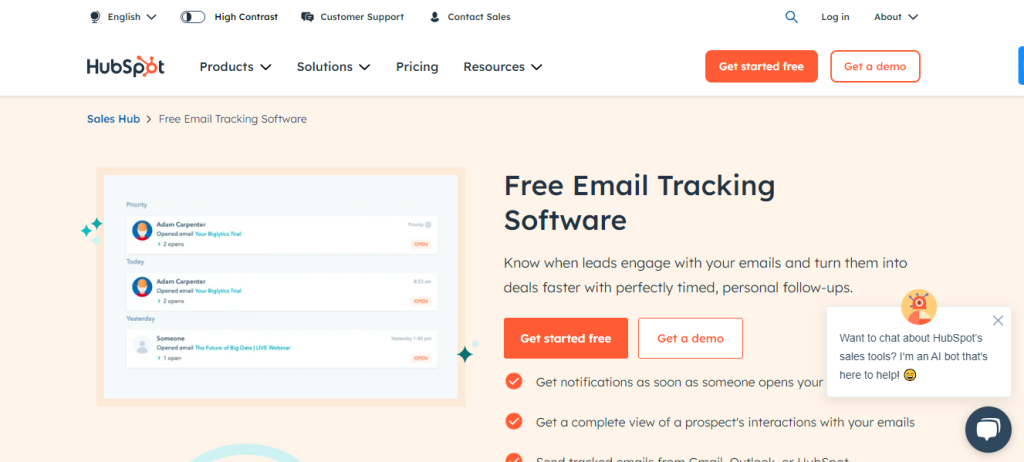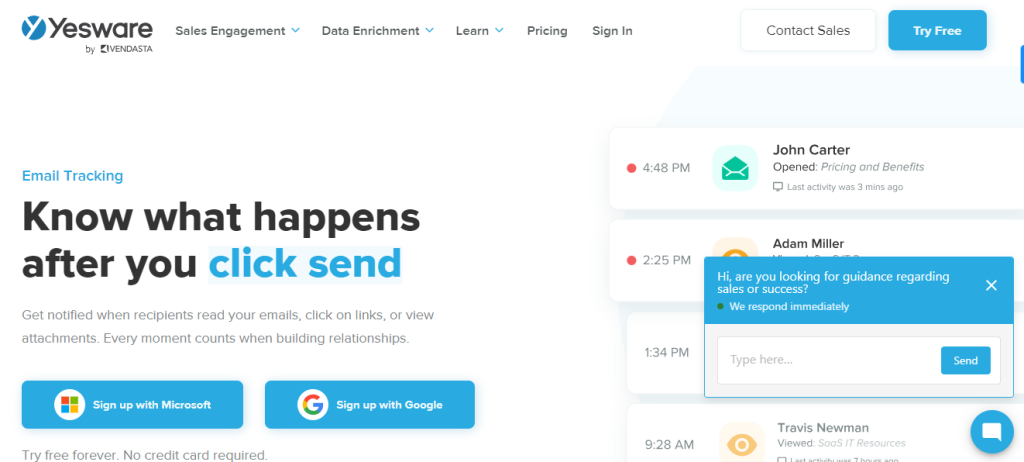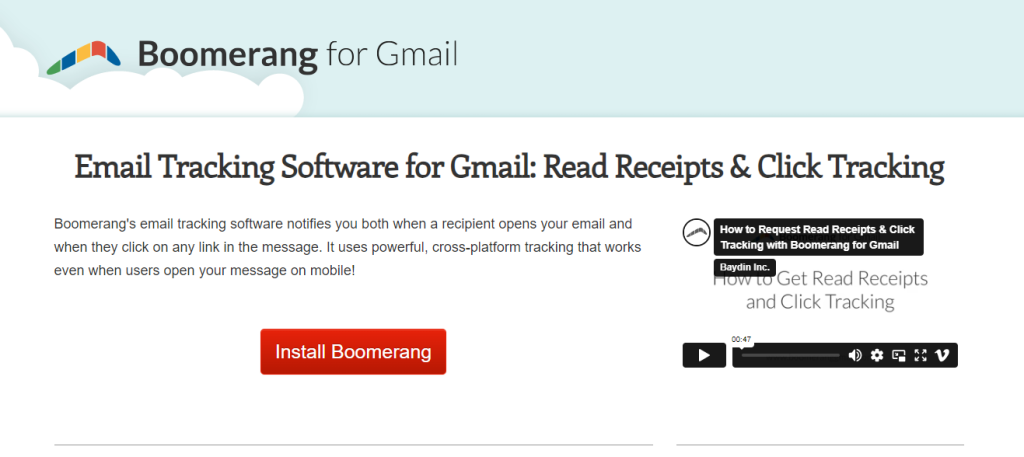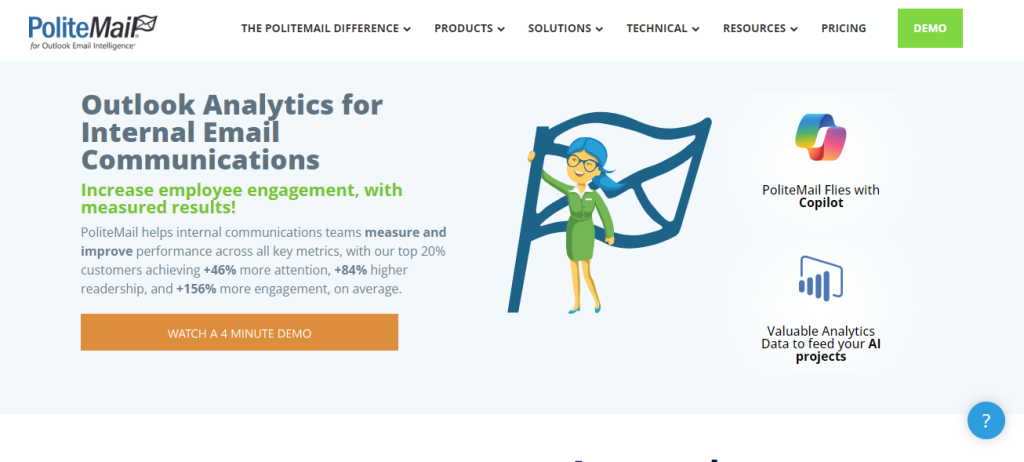In a rising digital world, the capability to know either your emails have been seen can crucially increase communication capabilities. Even if you’re a business professional focusing on checking very important schemes, a marketer tracking campaign responses, or simply someone lacking to keep their discussion managed, understanding how to check seen emails is basic. In this overreaching guide, we’ll develop the modern tools and crafts available in 2024 to help you to trace email engagement.
Understanding Email Tracking
Prior to jumping into the tools, it’s important to understand what email tracing is and how it processes. Email tracing in general provides the methods and skills used to regulate whether an email has been opened and read by the beneficiary. This is frequently achieved through the use of read receipt, tracing pixels, and third-party tracking software.
1. Read Receipts
Many email users provide an option called read receipts. When allowed, you’ll attend a notification when the beneficiary opens your email.
How It Works: When you send an email with a read receipt requisition, the recipient’s email user may induce them to send a notification back to you. This procedure is straightforward but comes with limitations.
Pros:
- Easy to use, usually constructed into email policy.
- Give direct confirmation of email opens.
Cons:
Get exclusive access to all things tech-savvy, and be the first to receive
the latest updates directly in your inbox.
- Not all email clients support this option..
- Recipients can reduce sending a receipt, making it unreliable.
2. Tracking Pixels
Tracking pixels are little, convert images set in your email. While the recipient opens the email, the pixel is downloaded from the server, apprising you that the email has been opened.
How It Works: You can use email marketing programs or tracing tools that impulsively insert these pixels into your emails. At the same time the email is opened, the pixel dispatches data back to you. You can also use batch append techniques, which involve matching email addresses to a database of customer information, enabling you to gather additional insights or append more details to your contact list. This allows for better segmentation and more personalized follow-up campaigns, optimizing your marketing efforts and improving the overall effectiveness of your email strategy.
Pros:
- Offers more authentic tracking compared to read receipts.
- Can provide more data, such as geographical location and the device used.
Cons:
- Some email users block images by default, which may cause the pixel to load.
- Increases privacy concerns for recipients.
3. Third-Party Email Tracking Tools
Numerous third-party tools practice in email tracing, providing complete options that go on the far side of simple read receipts.
How It Works:.Tools like Mailtrack, Yesware, and HubSpot combine with your email client to trace opens, clicks, and flat reponses. They typically use tracking pixels but may provide more robust analytics.
Pros:
- Complete experience into recipient sessions, such as open rates and click-through rates.
- User-friendly interfaces that simplify tracking and reporting.
Cons:
- Some tools require subscriptions for full functionality.
- Recipients may be wary of receiving traced emails.
4. Manual Follow-Up
Overview: If you like a less technical perspective, a well-timed follow-up can sometimes reveal whether your email was opened.
How It Works: After sending an important email, wait a few days and then send a smooth follow-up message. You can examine if they received the previous email or provide some extra assistance.

Pros:
- Reconstruct harmony and demonstrate your dedication to communication.
- Less invasive compared to tracking techniques.
Cons:
- Does not offer final proof of whether the email was opened.
- Requires patience and may not always submit quick responses.
The Latest Tools for Email Tracking in 2024
Mailtrack
Mailtrack is one of the most well-known email tracing tools available, specifically for Gmail users. It offers a very simple affiliation and allows users to trace when their emails are opened. With its user-friendly interface, Mailtrack provides real-time notifications, so you can see exactly when your emails are read.
Additionally, it offers a free plan with essential features, making it accessible for casual users, while premium options are available for those needing advanced analytics and unlimited tracking. Overall, Mailtrack streamlines communication by helping users gauge engagement with their messages.
Key Features:
- Real-time notifications when emails are opened.
- Unlimited tracking for free (with a watermark).
- Seamless integration with Gmail.

HubSpot Sales
HubSpot Sales provides robust email tracing abilities along with a suite of CRM tools. This platform is perfect for sales professionals looking to monitor client interconnection closely. With features like email tracking, templates, and scheduling, users can streamline their outreach and follow-ups efficiently. Additionally, HubSpot’s integration with its CRM allows for seamless management of contacts and deals, providing valuable insights into customer behavior. The analytics dashboard further empowers sales teams by offering data-driven insights, helping them refine their strategies and improve overall engagement.
Key Features:
- Notifications when emails are opened or clicked.
- Integration with HubSpot’s CRM for managing customer interactions.
- Detailed analytics to evaluate email performance.

Yesware
Yesware is outlined firstly for sales teams, allowing clients to trace email performance while also providing templates and campaign management options. This tool helps users understand how their emails are performing in real-time, offering insights into open rates and engagement levels.
With its customizable templates, sales professionals can save time and maintain consistency in their outreach. Yesware also integrates seamlessly with popular email clients, enabling users to manage their communications and track interactions without disrupting their workflow. Overall, it enhances productivity and supports effective sales strategies.
Key Features:
- Real-time alerts when emails are opened.
- Presentation tracking and meeting scheduling capabilities.
- Analytics dashboard for monitoring engagement metrics.

Boomerang
Boomerang is popular for its email organizing options, but it also provides email tracing benefits. This tool is great for those who want to merge follow-up reminders with tracing. This tool is great for those who want to merge follow-up reminders with tracing. Users can schedule emails to be sent later, ensuring timely communication while keeping their inbox clutter-free.
Boomerang’s tracking features allow users to see when their emails are opened, making it easier to plan follow-ups strategically. With its intuitive interface, it helps enhance productivity and maintain effective correspondence.
Key Features:
- Track when emails are opened.
- Schedule follow-ups and reminders based on recipient engagement.
- Insights into response rates.

PoliteMail
PoliteMail is customized for inner reporting within organizations, providing overreaching tracing and reporting tools for Outlook users. This platform allows users to track email engagement metrics, such as opens and click-through rates, helping teams understand the effectiveness of their internal communications.
With its robust reporting features, organizations can generate detailed analytics to refine their messaging strategies. PoliteMail also facilitates targeted email campaigns, enabling users to tailor their communications based on employee feedback and engagement levels. Overall, it enhances internal communication and supports data-driven decision-making.
Key Features:
- Detailed analytics on email engagement.
- Integration with Microsoft Outlook.
- Customizable reporting options for team insights.

How to Use These Tools Effectively
Set Clear Objectives
Earlier than using email tracing tools, describe what you need to attain. Are you tracing leads, looking at altering inner communications, or estimating marketing campaigns? Setting clear objectives will help you choose the right tool and techniques.
Use Tracking Wisely
While tracing emails can increase communication, overusing it can show privacy concerns. Use tracing tools wisely, especially with reactive emails, to keep trust and harmony with recipients.
Follow Up Strategically
If your tracing tool informs you that an email has been dispatched but no response was received, consider how you will follow up. A smooth reminder can raise a response, but confirms it’s timed appropriately to avoid coming off as pushy.
Analyze Your Data
Take the time to inspect the data offered by your tracing tool. Look for shifts in open rates, response times, and recipient affiance. This information can pilot your future email skill and make better overall communication effectiveness.
Privacy Considerations
As useful as email tracing can be, it’s very serious to think about privacy problems. In 2024, there are increasing concerns about how email tracing affects user privacy.
Consent and Transparency
Always be crystal clear about your email tracing exercise. If you’re in a position to do so, consider asking for approval to track emails. This can promote goodwill and transparency in your communications.
Adhering to Regulations
Watch out for email tracing acts, especially in regions with accurate privacy laws like the EU’s General Data Protection Regulation (GDPR). Familiarize yourself with the legal implications of tracing emails and confirming compliance to avoid fines.
The Future of Email Tracking
As automation continues to mature, so too will the tools and rehearse surrounding email tracing. Here are a not many trends to watch:
AI and Machine Learning
Artificial intelligence is assured to transform email tracing by offering extensive intuition and predictive analytics. In up coming days its offer suggestions for follow-ups or pleased adjustments build on recipient behaviour patterns.
Enhanced Privacy Features
As privacy discussions develop, I hope to see more tools that prioritize user privacy while still providing tracing options. This could include more features for recipient’s to opt-out of tracing or clearer sign of when tracing is taking place.
Integration with Other Communication Channels
Emails are just one part of the communication aspect. Future tracing tools may merge with other objectives, such as messaging apps and social media, offering a holistic view of customer communicating across countless channels.
FAQs: How to Check Seen Emails?
1. What if my email doesn’t show as seen?
If your email doesn’t show as seen, it could be because the recipient hasn’t opened it yet, their email client blocks tracking images, or they have disabled images in their settings.
2. Can I turn off email tracking?
Yes, most tracking tools allow you to disable tracking features for specific emails or altogether in the settings.
3. Are there free email tracking tools available?
Yes, there are several free options, like Mailtrack’s basic version, but they often come with limitations on features or usage.
How can I check if my email has been seen?
You can use email tracking tools or extensions like Mailtrack, Yesware, or Boomerang, which provide notifications when your email is opened.
Conclusion
Verifying seen emails is no longer just a nice-to-have option, it’s a basic tool for effective communication in 2024. By using modern tools and following excellent exercise, you can increase your email technique, confirm timely follow-ups, and eventually upgrade your communication outcomes. Remember to balance the advantages of tracing with the requirement for privacy and consent, and keep an eye on appearing trends that may shape the future of email communication. Seize these tools, and watch your communication seek take off.



